
In the intricate world of electronics, dip switches play a pivotal role, often overlooked but always essential. They sit quietly on circuit boards, controlling key functions with their simple on-off positions. But have you ever wondered, how dip switches work?
Dip switches, those tiny yet mighty components, are more than just simple on-off switches. They are precision tools designed to control specific electronic functions within a device. Whether it's setting the configuration of a network router, adjusting the frequency of a radio transmitter, or selecting the operating mode of a machine, dip switches are the unsung heroes behind the scenes.

To understand how dip switches work, we need to delve into their mechanics. Each dip switch consists of a series of individual switches, typically eight or more, housed in a dual in-line package (DIP). These switches can be manually set to either the on or off position, creating a specific binary code that the device reads to determine its configuration.
Connecting a dip switch is a delicate task but one that is crucial to the proper functioning of the device. Here's a breakdown of the steps involved:
First, you need to identify the dip switch on the device's circuit board. It's usually labeled and easily distinguishable by its multiple levers or slides.
Next, it's essential to understand the purpose of each switch and the configuration you're aiming for. This information is often found in the device's manual or through online resources.
Once you have the necessary knowledge, gently move each switch to the desired position using a small tool or your fingertips. Ensure that each switch is firmly set in its position; a loose connection can lead to malfunction.
After setting the switches, double-check your configuration. A simple mistake can lead to unexpected behavior or even damage to the device, so it's crucial to be meticulous.
Finally, test the device to ensure it's functioning as intended. Power on the device and observe its behavior. If everything is set correctly, the device should operate according to the configuration you've set with the dip switches.

When working with dip switches, there are several key considerations to keep in mind. Always handle them with care, as excessive force can damage the switches or the surrounding circuitry. Additionally, be mindful of static electricity, as it can potentially harm sensitive electronic components.
Moreover, dip switches are not meant to be constantly switched on and off like a regular light switch. They are designed to be set and left in a specific configuration for extended periods. Frequent changing of settings can wear out the switches, reducing their lifespan.
If you want to learn more about related content, please continue to follow our official website: www.socoje.com

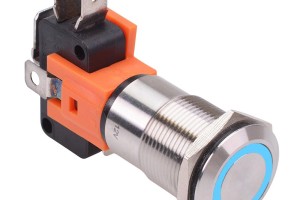
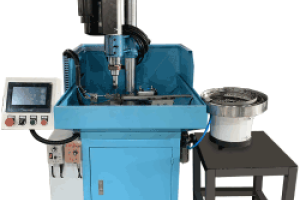
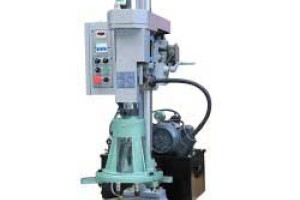
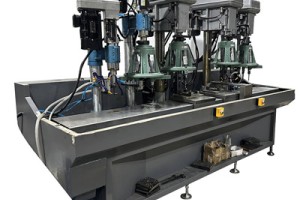

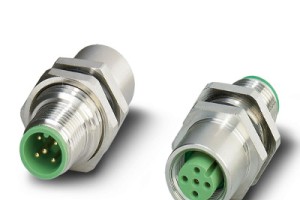
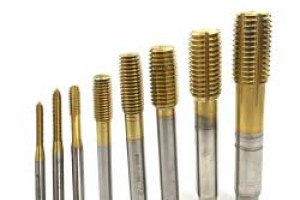
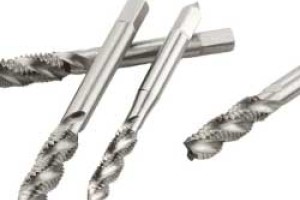
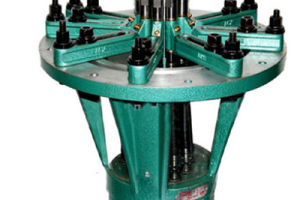
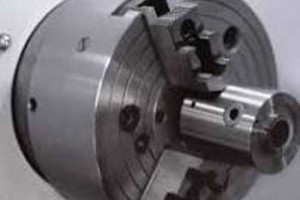
Leave a comment